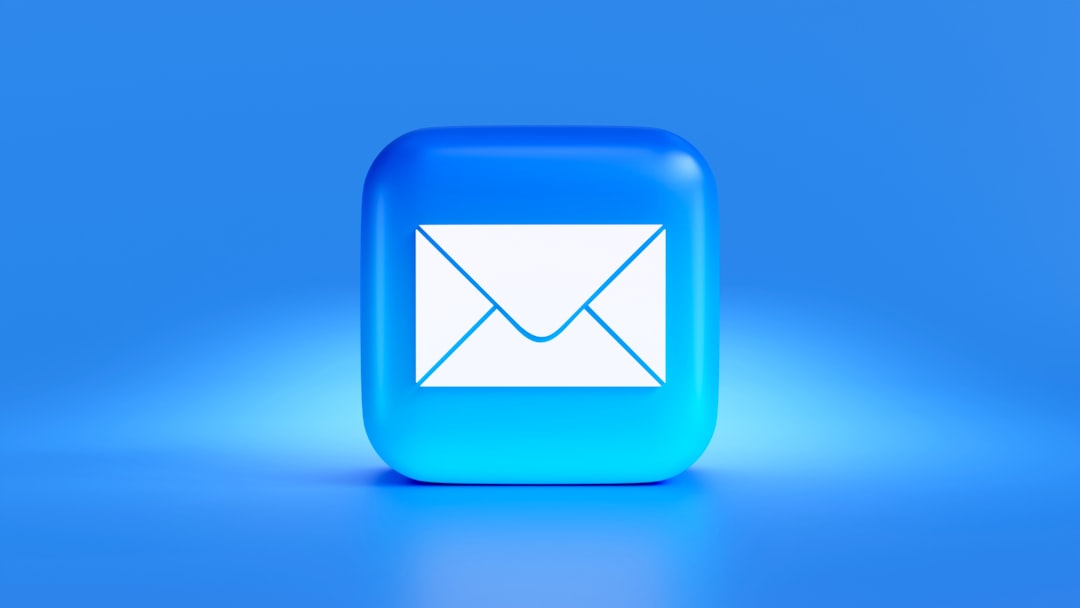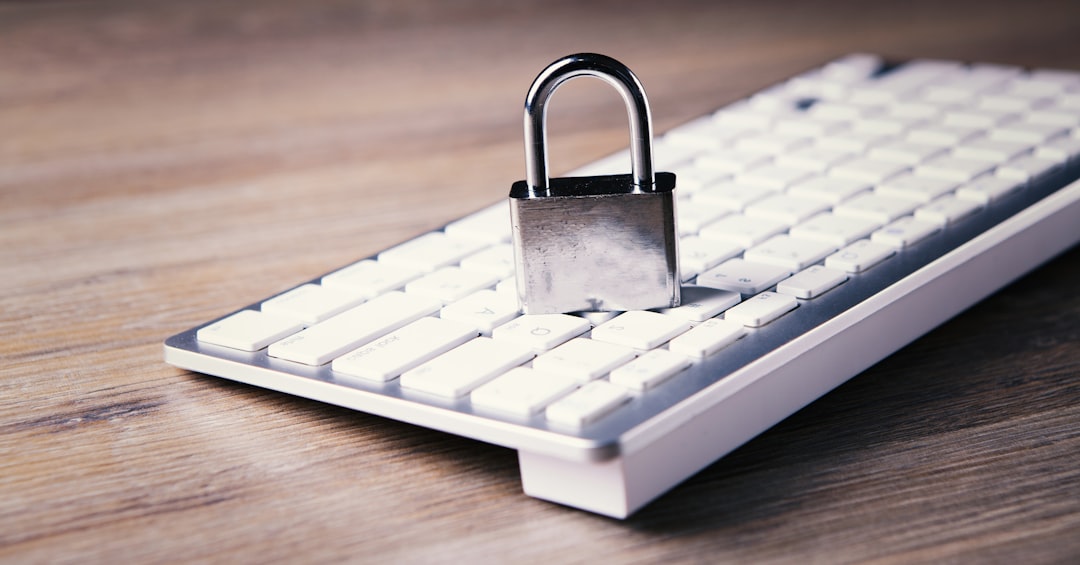What Is a Burner Email and How to Create One
In today’s digital world, where data privacy is a growing concern, maintaining control over your personal information is more challenging than ever before. Signing up for online services, accessing free downloads, or creating social media profiles often requires your email address. However, providing your primary email address everywhere can expose you to spam, phishing attacks, or data breaches. This is where burner emails come in. They act as a buffer between you and unwanted digital attention. Understanding what a burner email is and how to create one is crucial for safeguarding your online identity.
What Is a Burner Email?
A burner email is a temporary or disposable email address that you use in place of your primary email. It allows you to send, receive, and sometimes forward emails without revealing your main email address. Once you’ve used it for a specific purpose — such as signing up for a newsletter, accessing gated content, or registering for a one-time event — you can discard or deactivate it.
The term “burner” comes from the concept of a tool or account that you use briefly and then dispose of. While it’s often associated with anonymity, the primary function of a burner email is to serve as a protective layer, shielding your real identity from unwanted exposure.
Why Use a Burner Email?
Burner emails serve multiple purposes, particularly for individuals concerned about online security, data overexposure, and digital privacy.
- Reduce Spam: When you provide your burner email instead of your primary one, marketing or promotional emails don’t clog your main inbox.
- Protect Your Privacy: A burner email helps keep your identity safe from data leaks, phishing campaigns, and malicious tracking.
- Manage Subscriptions: You can use burner emails to subscribe to newsletters or services temporarily, and deactivate them when no longer needed.
- Bypass Mandatory Signups: Some websites require email authentication to access basic services or content. A burner email provides access without committing.
- Conduct Anonymous Activities: If you’re testing services or working undercover in cybersecurity research, anonymity is key.

Types of Burner Email Services
There are different ways to access burner email services depending on your specific needs.
- Temporary Email Services: These are online tools that provide auto-generated, short-lived email addresses, sometimes valid for only a few minutes or hours. Examples include 10 Minute Mail, Guerrilla Mail, and Temp Mail.
- Alias-Based Email Providers: Services like SimpleLogin or AnonAddy allow you to create email aliases that forward messages to your actual inbox. You can disable or delete the alias at any time.
- Custom Burner Accounts: You can also create a dedicated secondary email account (using Gmail, Outlook, or other providers) and treat it as a manual burner for less automated but more controlled use.
How to Create a Burner Email
Setting up a burner email depends on your preferences for ease, security, and longevity. Below are several methods to suit different levels of tech-savviness.
1. Use a Temporary Email Service
This is the quickest way to get a burner email without registering or downloading anything.
- Visit a temporary email site like 10minutemail.com or temp-mail.org.
- A random email address will be generated automatically.
- Copy and use the address where needed.
- Monitor the inbox on the same site to receive any emails.
This method is good for one-time verifications or anonymous downloads, but the email gets deleted quickly and isn’t meant for long-term use.
2. Create an Email Alias
Email forwarding services offer more persistent burner email options through aliases. They protect your main inbox while allowing continued access to inbound messages.
- Sign up with an alias-generating service like SimpleLogin.io or AnonAddy.com.
- Create a unique alias, e.g., freemagazine@youraliasdomain.com.
- Use this alias to sign up for web services or newsletters.
- The service forwards emails from this alias to your real inbox.
- Deactivate the alias any time to stop the emails.
This method offers more flexibility and control. Some of these services are open-source and designed with privacy-first principles, making them highly trustworthy.
3. Set Up a Dedicated Account
If you prefer more control or want to reply from the burner address, creating a secondary email account might be the best solution.
- Register a new account with Gmail, Yahoo, Outlook, or another reputable provider.
- Use a keyword or purpose in the address e.g., myshoppingemail@gmail.com.
- Avoid linking this account to your phone number or personal data if possible.
- Use it exclusively for web subscriptions or anonymous activities.
This option requires a bit more maintenance but is ideal for medium-to-long-term usage. It also allows replying to emails and full inbox management.

Best Practices for Using Burner Emails
While burner emails offer a layer of security, they are not a silver bullet. To ensure you’re using them effectively and ethically, keep the following best practices in mind:
- Never use burner emails for important accounts: Don’t use them to sign up for your bank, healthcare, or tax services. Use your real email for anything critical.
- Keep track of where they’re used: Maintain a log or tool to track your burner emails if using alias-based approaches.
- Respect website policies: Some websites may detect and block common burner domains. Be prepared to use alternate methods if needed.
- Combine with other privacy tools: When concerned about deeper anonymity, pair burner emails with VPNs, secure browsers, or anonymous payment methods.
Limitations of Burner Emails
Despite their utility, burner emails aren’t flawless. Knowing their limitations can help set realistic expectations.
- Short lifespan: Some services delete inboxes within minutes or hours, so you may miss follow-up messages.
- Not ideal for replies: Temporary services often don’t support outgoing messages, limiting two-way communication.
- Detectable by smarter systems: Some platforms increasingly use algorithms to detect and block known burner addresses, affecting access.
Are Burner Emails Legal?
Yes, burner emails are legal in most jurisdictions. They’re simply tools for managing your communication and ensuring your digital privacy. However, using them for illegal purposes — such as impersonation, fraud, or harassment — is not only unethical but can also lead to legal consequences. As with any tool, the legality is determined by how you use it.
Conclusion
In an age where personal data is constantly under threat, using burner emails can be a powerful way to take control of your digital life. Whether you’re trying to reduce spam, maintain anonymity, or test online services without long-term commitment, burner emails give you the flexibility and protection you need.
By understanding the types available and how to create them securely, you can make informed decisions about your online interactions. Remember, digital privacy is not just a feature — it’s a right worth protecting.



